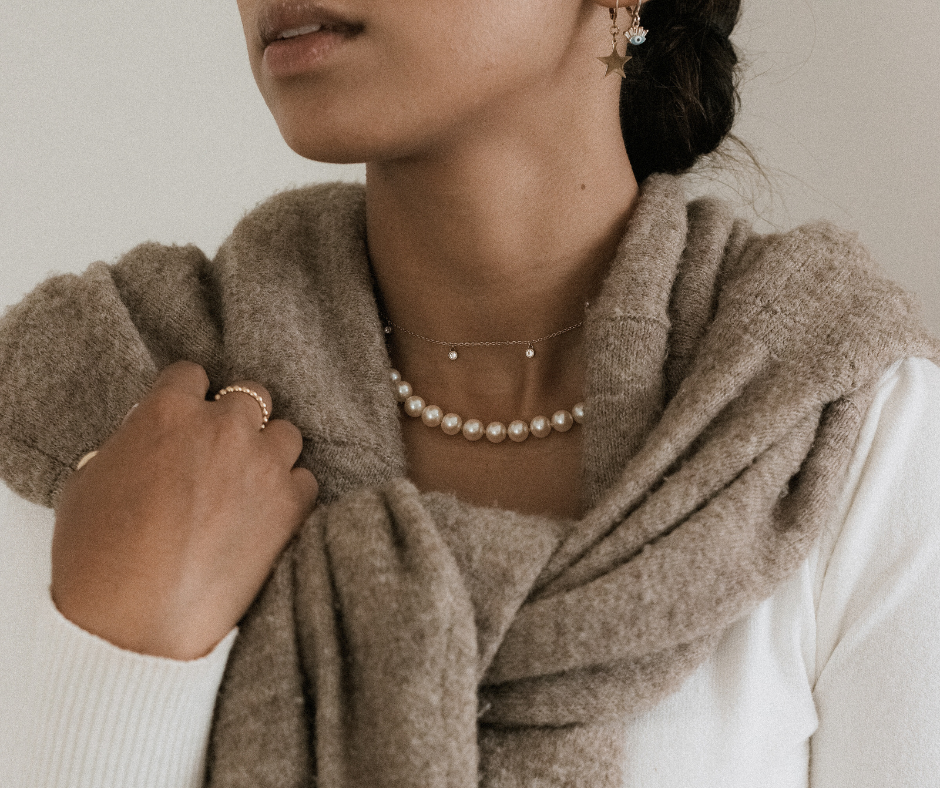

What is a Capsule Wardrobe, and How Can I Build My Own?
Summary
Reflection Questions
Journal Prompt
The term “capsule wardrobe” was first coined in the 1970s by Susie Faux, owner of the London boutique “Wardrobe.” It refers to a compact, efficient collection of clothing pieces that can be mixed and matched to create a wide variety of outfits. This approach to fashion emphasizes minimalism and versatility, focusing on a limited number of essential, high-quality items that reflect personal style and are adaptable to various occasions. The curated wardrobe concept gained mainstream popularity in the fashion industry and beyond during the 1980s, thanks largely to designer Donna Karan’s “Seven Easy Pieces” collection, which showcased how a few interchangeable items could create a full wardrobe. Today, the capsule wardrobe is recognized not only for its practicality and aesthetic appeal but also for its potential to challenge the contemporary culture of fast fashion and consumerism, aligning with a growing global interest in sustainable living and mindful consumption. Read on to learn how you can create a starter capsule wardrobe at home.
Tracing the History of Capsule Wardrobes
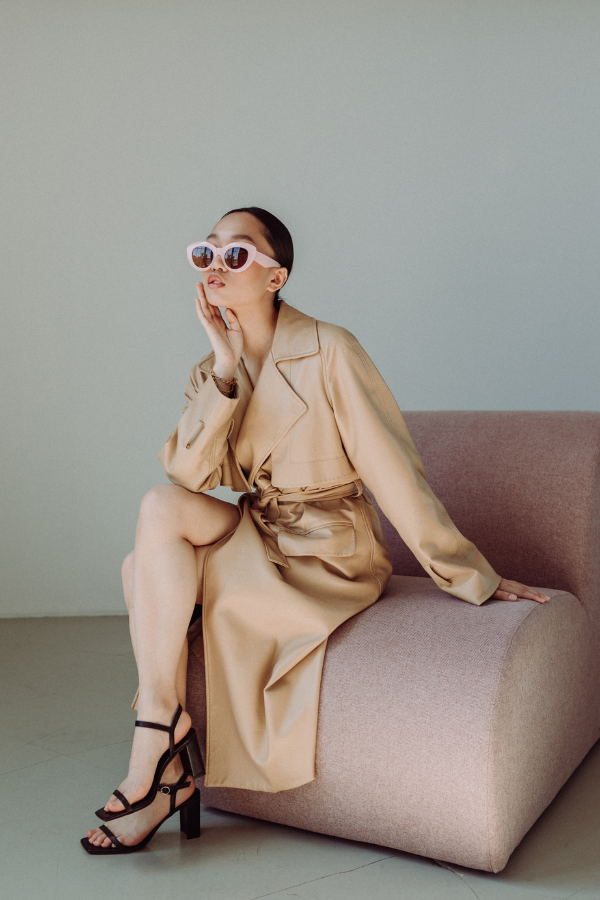

The concept of the capsule wardrobe, which has become increasingly popular in recent times, has its roots dating back to the 1970s. As noted in the introduction to this article, the term “capsule wardrobe” was coined by Susie Faux, the owner of the London boutique “Wardrobe”. Faux grew up in an environment steeped in high-quality fashion, as her parents and grandparents were women’s tailors. This background influenced her perspective on the importance of classic, well-fitting clothing.
In her boutique, she aimed to help women develop style and confidence through a minimalist and foundational aesthetic. She described the capsule wardrobe as a collection of essential clothing items, high in quality, that could be mixed and matched to create a variety of outfits. This approach was intended to simplify the process of getting dressed, save time and money, and reduce environmental impact.
The concept was further popularized in the 1980s by American designer Donna Karan with her “Seven Easy Pieces” collection. Karan’s approach centered around a black bodysuit, which was then layered with other items to create a complete outfit. Her collection resonated with the contemporary, career-oriented woman, showcasing how a minimalist wardrobe could still be stylish and professional.
Fuel your creative fire & be a part of a supportive community that values how you love to live.
subscribe to our newsletter
In modern times, the capsule wardrobe aligns well with the minimalist movement and the shift towards more sustainable and intentional living. It encourages a reduction in the consumption of fast fashion, promoting a more mindful approach to clothing where quality trumps quantity. The capsule wardrobe is not just about having fewer items, but about maximizing the utility and style of each piece, thereby creating a wardrobe that is both functional and expressive of personal style.
The resurgence of the capsule wardrobe can be seen as a response to the overwhelming nature of fast fashion and the desire for a more simplified, sustainable approach to dressing. It serves as a testament to the idea that a limited number of versatile and high-quality pieces can not only meet our clothing needs but also contribute to a more intentional and environmentally friendly lifestyle.
The Concept of a Capsule Wardrobe
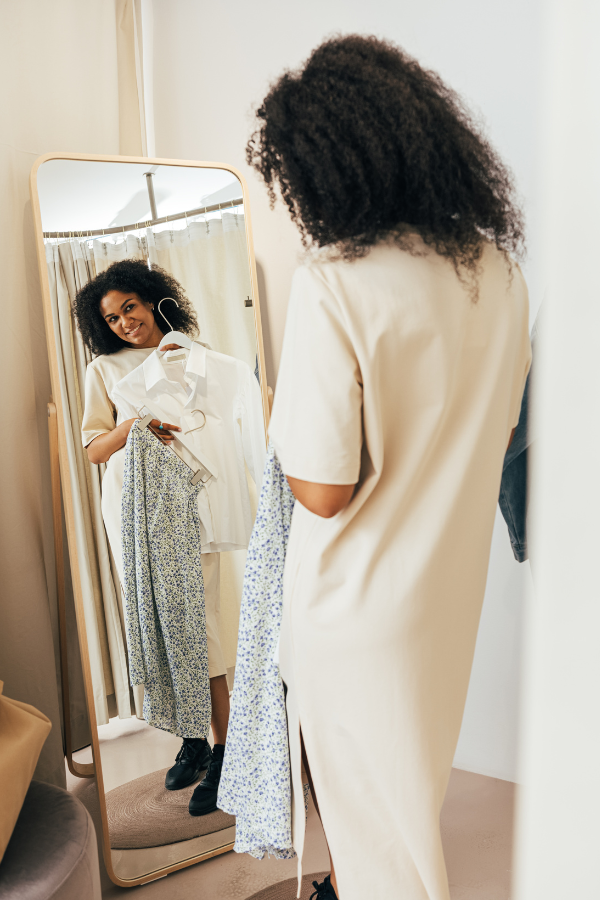

Capsule wardrobes are characterized by a streamlined collection of clothing items that are carefully selected for their functionality and versatility. How many clothes and how many outfits are in a typical capsule wardrobe? They typically range from 25 to 50 pieces.
The collection includes tops, bottoms, dresses, outerwear, and shoes, with each item chosen to coordinate well with others in the wardrobe. The goal is to create a curated selection of garments that can be mixed and matched to form a variety of outfits suitable for different occasions, reflecting the wearer’s personal style while minimizing clutter and excess. Seasonal pieces are swapped in and out as needed.
Differences Between a Traditional Wardrobe and a Capsule Wardrobe
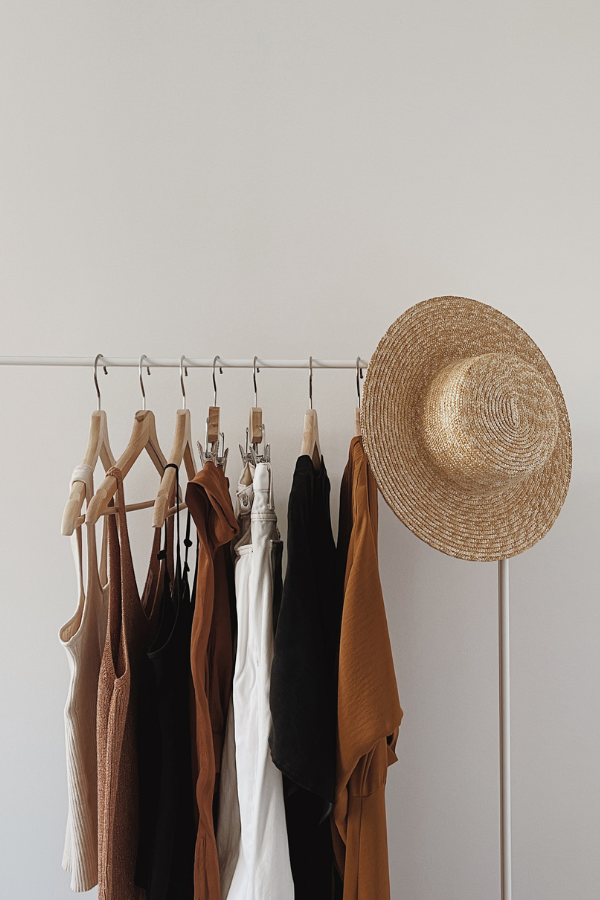

Unlike a traditional wardrobe, which may contain a vast array of clothing items with varying degrees of wear and style coherence, a capsule wardrobe is intentionally limited in quantity and carefully curated for maximum versatility.
Traditional wardrobes often accumulate pieces that are infrequently worn, leading to a sense of having many clothes but nothing to wear. In contrast, capsule wardrobes focus on smaller, more manageable sets of clothes that are frequently worn and easily interchangeable.
A wardrobe with fewer clothes can reduce decision fatigue and streamline the process of getting dressed.
Core Principles of a Capsule Wardrobe
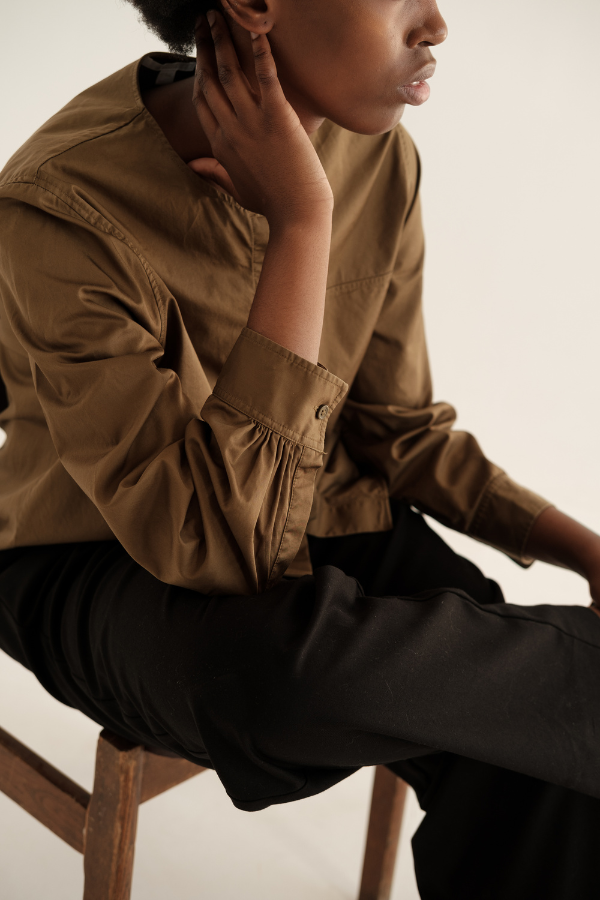

Many would agree that the perfect capsule wardrobe is a minimalist capsule wardrobe. The core principles of a capsule wardrobe are indeed rooted in minimalism and versatility.
Minimalism is practiced through the careful selection of a limited number of items that serve multiple purposes and are essential to the wearer’s lifestyle and personal taste. A versatile wardrobe is achieved by ensuring each piece can be paired with several others, creating different looks and styles.
Quality over quantity is another key principle, where the emphasis is on investing in well-made, durable items that withstand frequent use and transcend fleeting fashion trends. These principles collectively contribute to a sustainable, efficient, and personalized approach to dressing.
Benefits of a Capsule Wardrobe
Simplifying Decision-Making
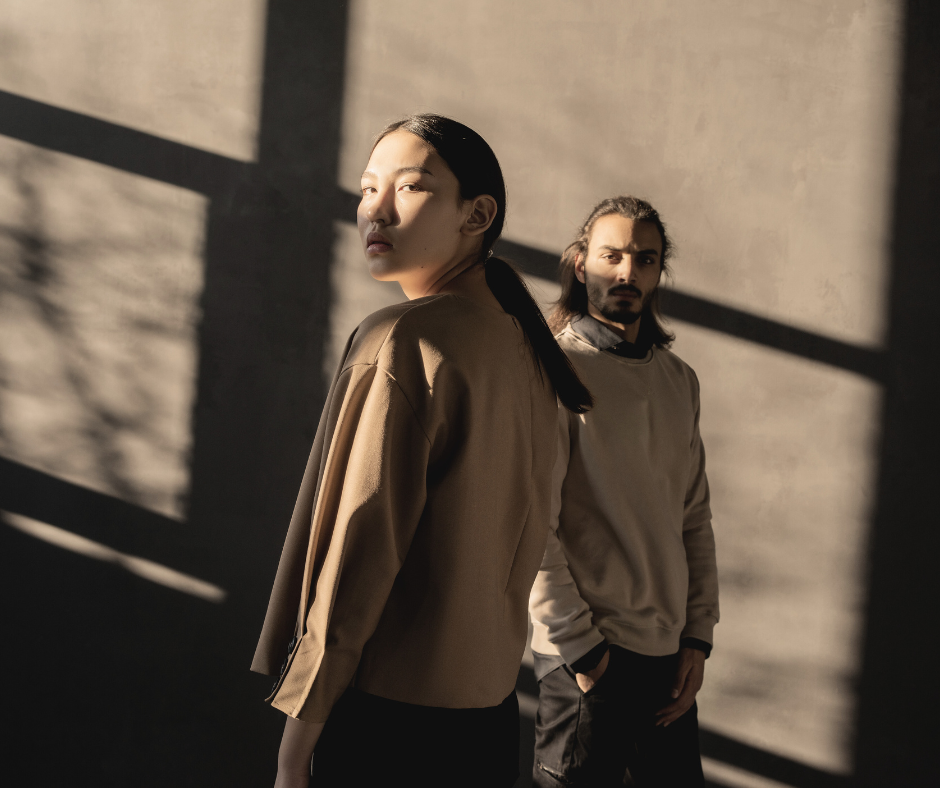

A capsule wardrobe significantly lessens the stress of choosing an outfit each morning. With a smaller, well-coordinated selection of clothing, individuals face fewer choices, leading to a quicker and more efficient decision-making process. This reduction in choice overload can result in a smoother start to the day, alleviating the common challenge of sifting through an overstuffed wardrobe.
By limiting the wardrobe to versatile and well-loved items, a capsule wardrobe streamlines the process of getting dressed. This approach ensures that all items complement each other, making it easier to create cohesive outfits without the need to sift through seldom-worn or non-coordinating pieces.
Economic Advantages
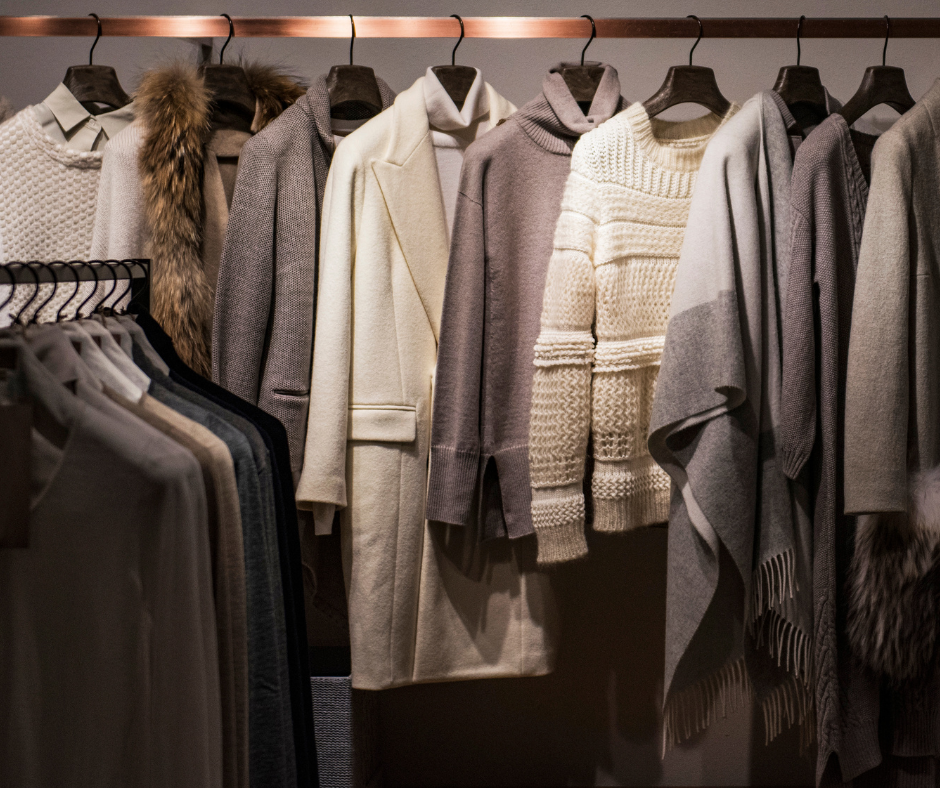

While the initial process of creating a capsule wardrobe might involve some investment in quality pieces, it ultimately leads to long-term savings. By curbing impulsive purchases and focusing on durability and timelessness, individuals can minimize the need for frequent replacements and reduce cumulative spending on clothing.
The capsule wardrobe concept encourages investing in fewer, but higher-quality items. This focus on quality over quantity ensures that each piece lasts longer, offers better fit and comfort, and maintains its appearance over time, thereby offering better value for money.
Environmental Impact
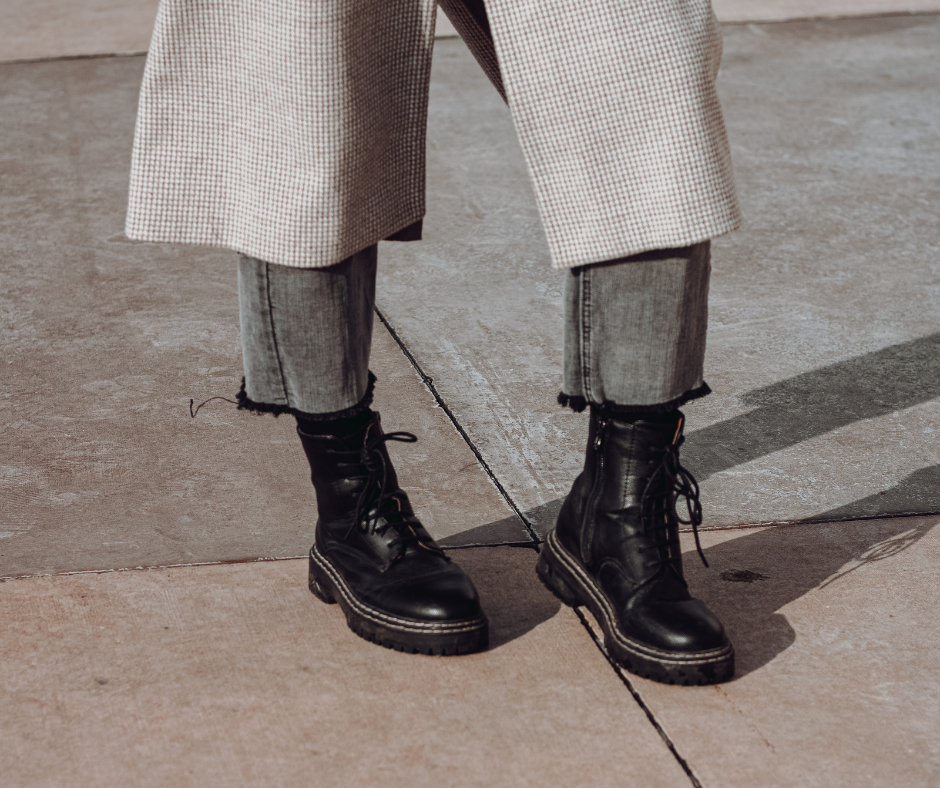

Adopting a capsule wardrobe contributes to environmental sustainability by reducing the cycle of fast fashion and the associated waste. By purchasing fewer items and choosing durable goods, individuals contribute to decreased demand for mass-produced clothing, which is often associated with significant waste and environmental degradation.
The principles of a capsule wardrobe align with sustainable fashion practices. It encourages mindful consumption, where each purchase is considered for its environmental impact. This shift in buying habits supports the movement towards eco-friendly fashion choices and promotes awareness of sustainable manufacturing practices.
Personal Style and Creativity


A capsule wardrobe requires individuals to reflect on their personal style and lifestyle needs, leading to a more authentic and tailored wardrobe. This introspection helps in identifying and prioritizing clothing that truly reflects one’s personal aesthetics and lifestyle, leading to a more satisfying and self-expressive wardrobe.
Contrary to the notion that fewer items may limit expression, a capsule wardrobe can enhance creativity. The necessity to mix and match a limited number of items encourages innovative pairing and styling, leading to unique and varied outfit combinations.
This creative challenge can be both enjoyable and fulfilling, fostering a deeper connection with one’s wardrobe.
How to Create a Capsule Wardrobe
Assessing Your Current Wardrobe
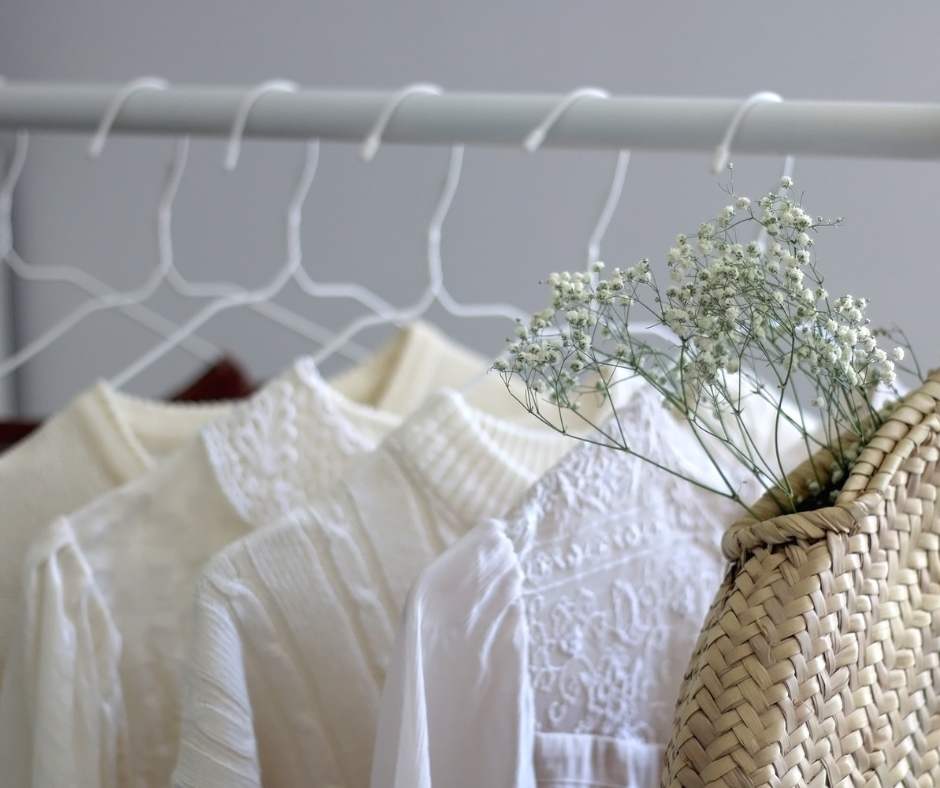

The first step in creating a capsule wardrobe involves a comprehensive evaluation of your current wardrobe. This process entails cataloging each item of clothing to gain a clear understanding of what you own. It includes noting the quantity, condition, and frequency of use of each item, providing a baseline for what to include in the capsule wardrobe.
Before you build a capsule wardrobe, identify the items you wear most frequently. These are typically the pieces that best suit your lifestyle and comfort preferences. Recognizing these favorites helps in understanding your true clothing needs and preferences, forming the foundation of your capsule wardrobe.
Defining Your Style and Lifestyle Needs


While many feel that classic pieces are key to creating a sustainable capsule collection, it’s arguably more important to understand your own aesthetic than to select timeless pieces that do not mesh with your sense of style. Defining your personal style is a crucial component of creating a capsule wardrobe.
This involves reflecting on the styles, colors, and fits that make you feel most confident and comfortable. Understanding your personal style ensures that the capsule wardrobe aligns with your aesthetic preferences and feels authentic to your identity.
Your lifestyle and daily activities significantly influence the composition of your capsule wardrobe. Factors such as your profession, climate, social activities, and hobbies should be considered to ensure that your wardrobe is practical and functional for your everyday life.
Selecting Core Items for Your Capsule Wardrobe
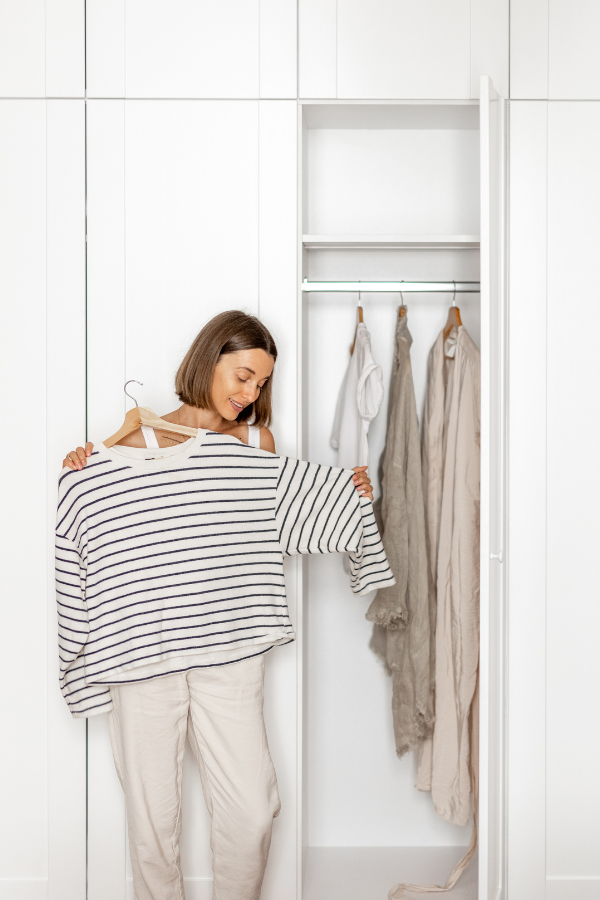

When selecting items for a capsule wardrobe, consider criteria such as versatility, comfort, durability, and ease of maintenance. Each piece should serve multiple purposes and be capable of being dressed up or down to suit various occasions. Comfort and fit are also paramount to ensure that the items are worn regularly.
The ideal number of items in a capsule wardrobe varies based on individual needs and preferences, but a general guideline is between 25 to 50 pieces. This includes clothing, shoes, and outerwear, providing enough variety for different seasons and occasions while maintaining simplicity.
Building Your Capsule Wardrobe
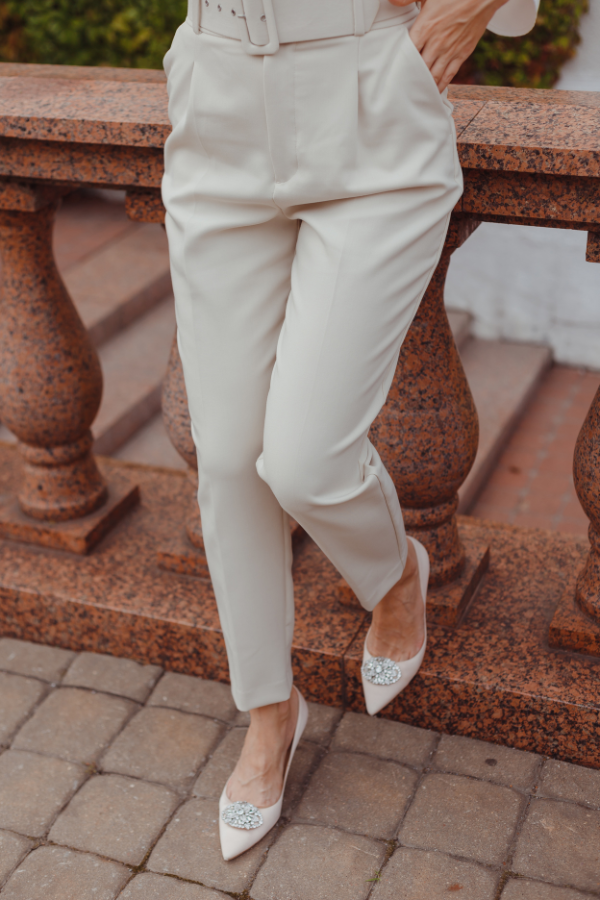

Building your first capsule wardrobe involves selecting a range of essential clothing pieces that are versatile and interchangeable. This typically includes a balance of tops, bottoms, dresses, outerwear, and layering pieces. The aim is to have a cohesive collection where each item pairs well with multiple others.
Accessories and shoes play a significant role in diversifying and completing outfits within a capsule wardrobe. Selecting a limited number of versatile shoes and accessories can dramatically increase the number of outfit combinations without overcrowding your wardrobe.
Maintenance and Seasonal Updates
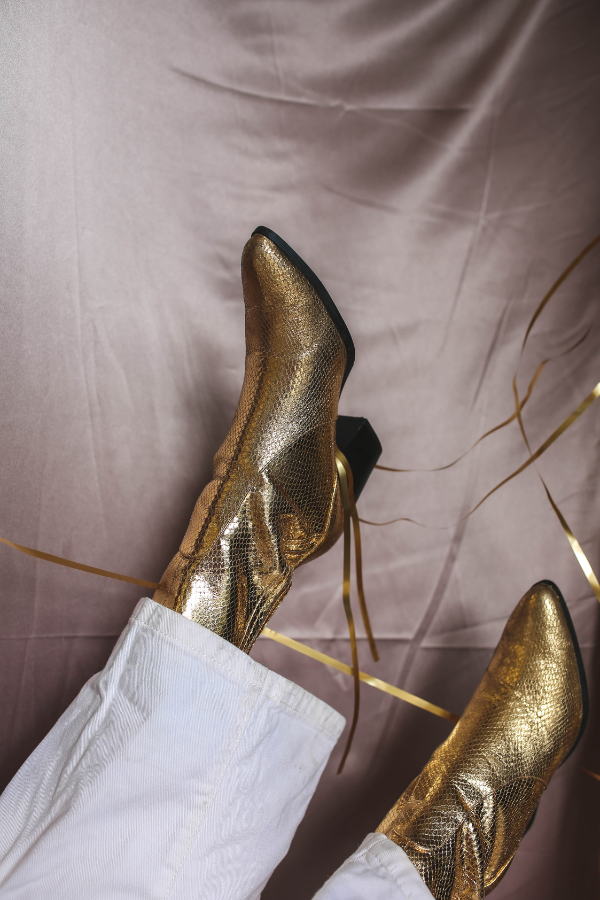

A practical approach to maintaining a capsule wardrobe is to rotate items seasonally. This involves swapping out clothing to suit the weather and seasonal activities, ensuring that your wardrobe remains functional and appropriate throughout the year.
Proper care and maintenance of your capsule wardrobe are essential for longevity. This includes regular laundering, repairing any wear and tear, and storing items appropriately. Good maintenance practices help preserve the quality and appearance of your clothing, ensuring that your capsule wardrobe remains in excellent condition over time.
Tips and Tricks for Successful Capsule Wardrobe
Balancing Colors and Patterns
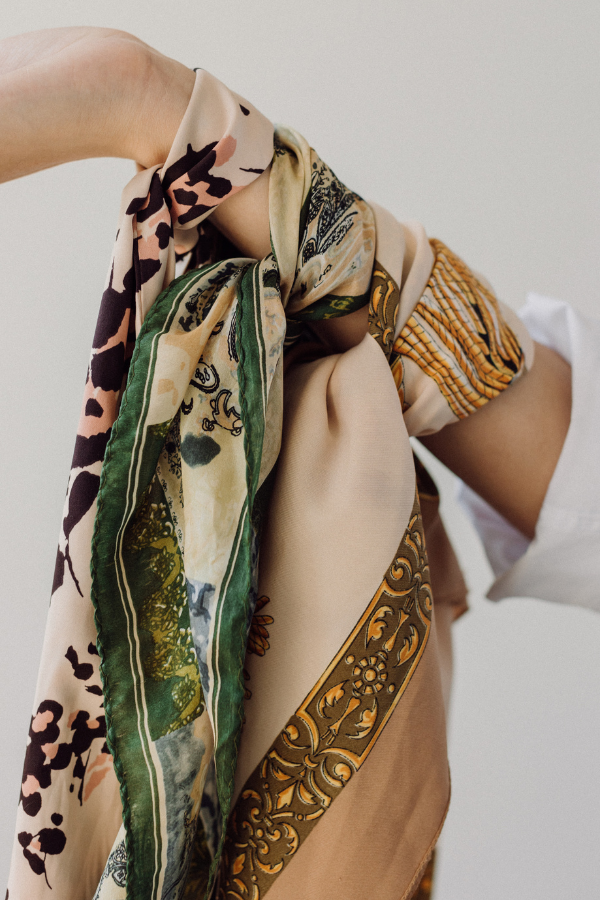

Achieving a balance between colors and patterns is vital for a versatile capsule wardrobe. In your own wardrobe, start with a base of neutral colors, as they are easier to mix and match, and then incorporate a limited selection of patterns or accent colors.
The key is to ensure that most items can be paired together, allowing for multiple outfit combinations. A good strategy is to choose one or two accent colors or patterns that complement the neutral base and each other, creating a cohesive yet diverse wardrobe.
Investing in Quality over Quantity


Prioritizing quality over quantity is essential in a capsule wardrobe. Invest in well-constructed, durable items that will withstand frequent wear and retain their shape and color. High-quality garments often have better fabric, fit, and finishing, which contributes to their longevity. While quality pieces may come with a higher upfront cost, their extended lifespan makes them more cost-effective in the long run. Additionally, quality items tend to offer better comfort and style, enhancing the overall satisfaction with the wardrobe.
Adapting the Capsule for Travel and Special Occasions
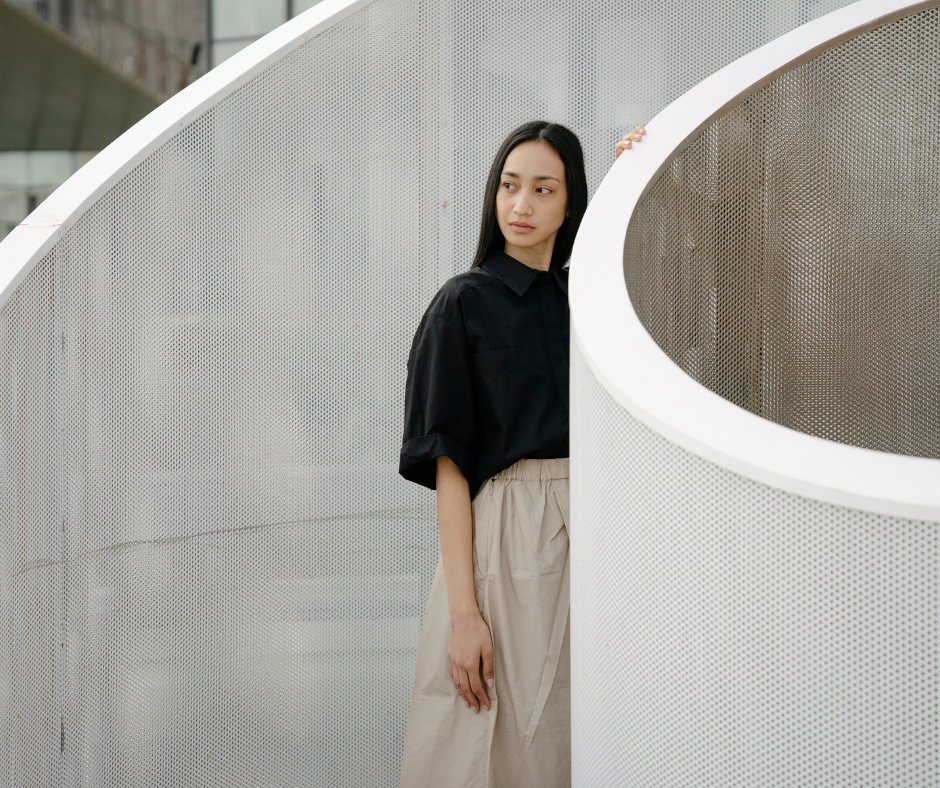

A capsule wardrobe can be effectively adapted for travel and special occasions with thoughtful planning. For travel, select versatile items that can be layered and are suitable for various activities and weather conditions. Opt for pieces that are wrinkle-resistant and easy to care for.
For special occasions, include a few adaptable dressier pieces in your capsule that can be elevated with accessories or paired with more casual items for different looks. Having a small selection of versatile, occasion-specific items ensures preparedness for various events without overburdening the wardrobe.
Common Challenges and Solutions
Dealing with the Desire for New Trends
One of the challenges of maintaining a capsule wardrobe is the temptation to follow new fashion trends. To address this, focus on timeless pieces that reflect your personal style rather than momentary trends. When you do want to incorporate a new trend, consider accessories or single items that can be integrated into your existing wardrobe without compromising its cohesiveness.
Another strategy is to wait out initial impulses to buy trendy items, giving yourself time to assess whether they truly align with your style and capsule principles. To refresh your wardrobe without buying lots of new clothes, search for outfit ideas on platforms like TikTok and Instagram Reels, where minimalism influencers often post content about adapting existing pieces.
Overcoming the Feeling of Limited Options
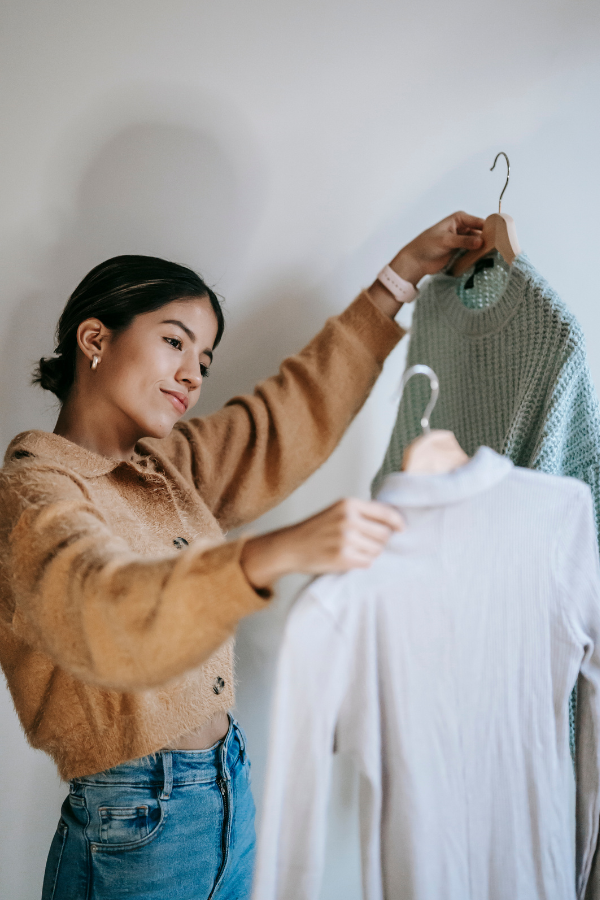

The perception of limited options in a capsule wardrobe can be mitigated by creatively mixing and matching pieces to form new combinations. Experiment with layering and pairing items in unexpected ways to refresh your look.
Additionally, maintaining a small selection of versatile, statement accessories can dramatically change the appearance of an outfit, adding variety without the need for more clothing. Keeping the wardrobe organized and visible also helps in recognizing all available options, ensuring that each item is utilized to its full potential.
Suggestions for Gradually Transitioning to a Capsule Wardrobe
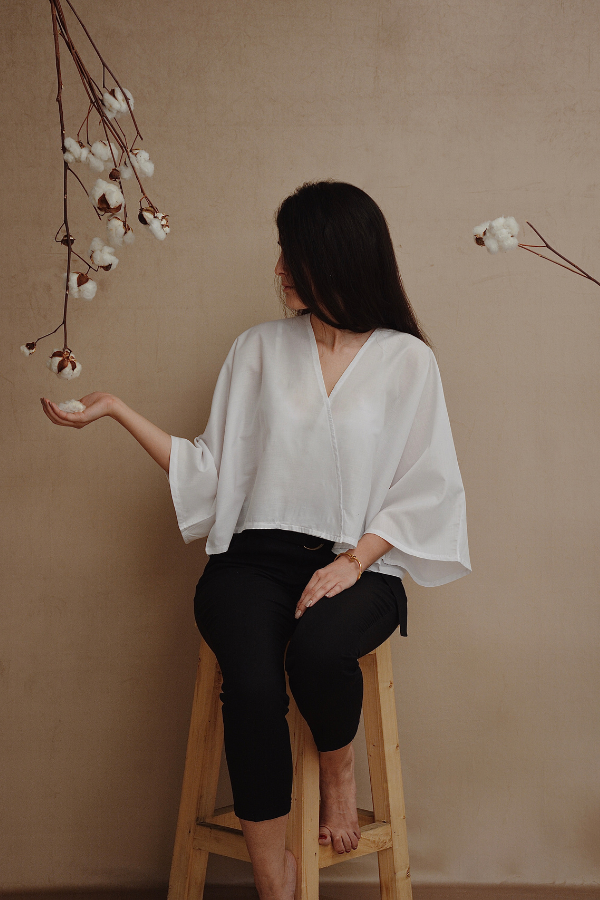

Transitioning to a capsule wardrobe can be a gradual process. Start by decluttering your existing wardrobe, removing items that you no longer wear or need. Then, practice living with a reduced wardrobe for a period, noting any gaps or frequently worn items. This trial period helps in understanding your true needs and preferences.
Introduce capsule principles slowly, perhaps starting with a mini-capsule for a particular season or part of your life, such as work attire. This gradual approach allows for adjustment to the concept and refinement of your capsule wardrobe over time. If time and budget allow, consider working with a personal stylist who can help you choose the best colors for your skin tone and the best silhouettes for your body shape.
Final Thoughts on Building a Capsule Wardrobe
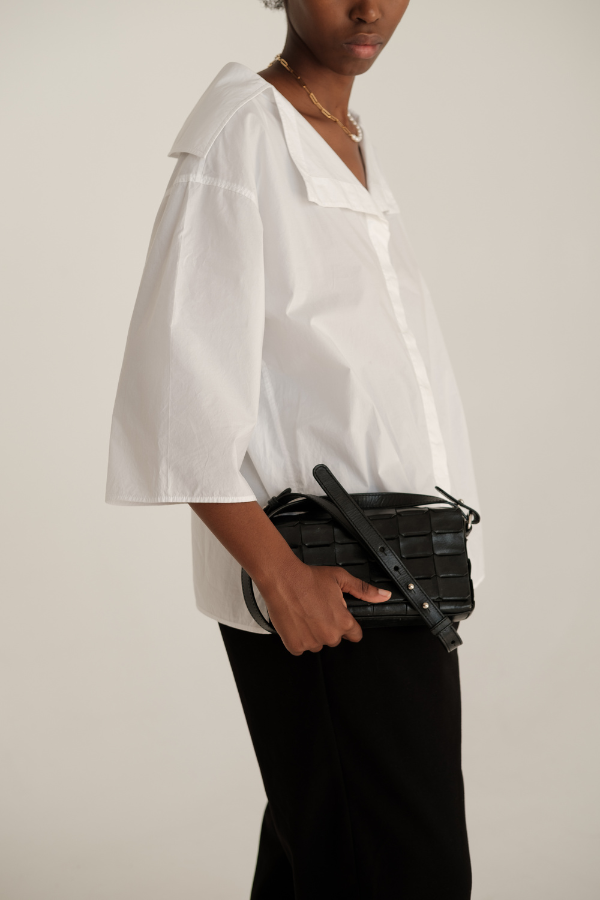

We hope you enjoyed the DesignDash Guide to creating your own capsule wardrobe.
Creating a capsule wardrobe offers a range of benefits, such as simplifying decision-making, yielding economic advantages, reducing environmental impact, and enhancing personal style and creativity. This approach to fashion prioritizes quality over quantity, encouraging a mindful and sustainable relationship with clothing. By adopting a capsule wardrobe, individuals can experience a more organized, cost-effective, and environmentally friendly way of dressing that also allows for personal style expression.
For those considering a transition to this minimalist approach, the process can be gradual and tailored to individual needs and preferences. The capsule wardrobe, in essence, is not just about clothing; it’s a step towards a more intentional and conscious lifestyle. Therefore, it’s worth exploring the creation of a capsule wardrobe to experience these benefits firsthand and contribute to a more sustainable fashion future.
Have you built a capsule wardrobe in the past? Was it a winter capsule wardrobe or a fall wardrobe? Did you add classic styles with which you could easily create outfits (think button down shirts, a leather jacket, and a pair of white sneakers)? Which clothes did you eschew (yoga pants, perhaps)? Did you maintain that capsule wardrobe or develop it beyond the original set of twenty pieces? Let us know in the comments below!








